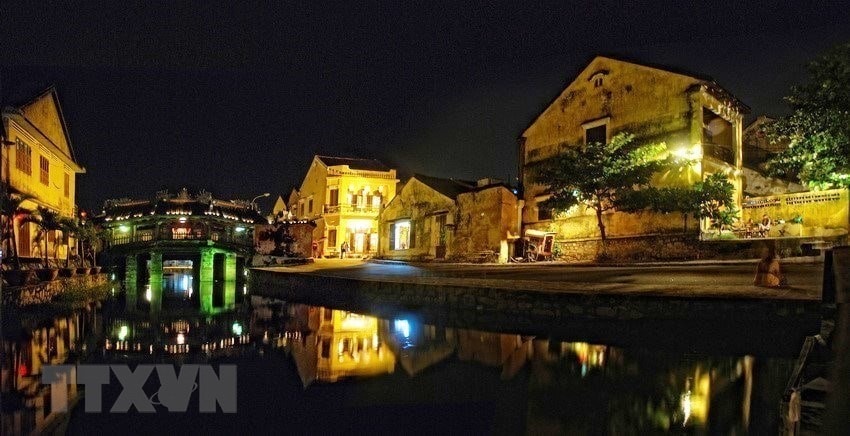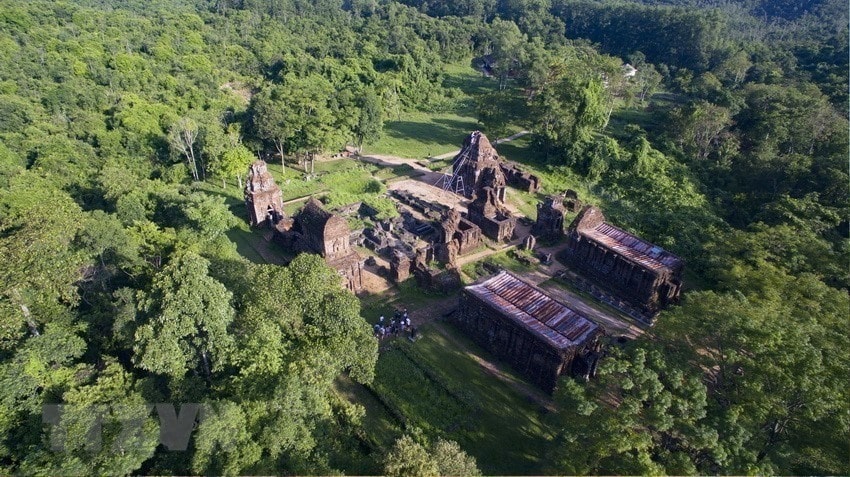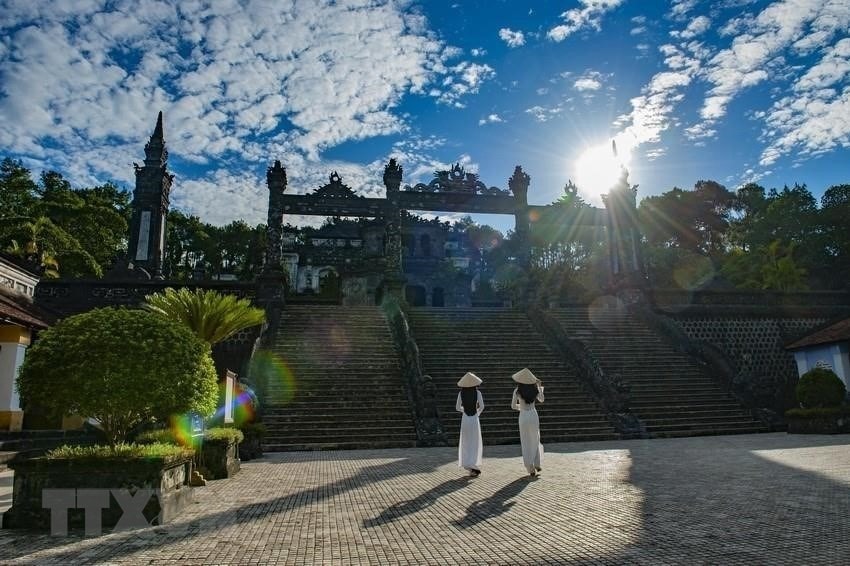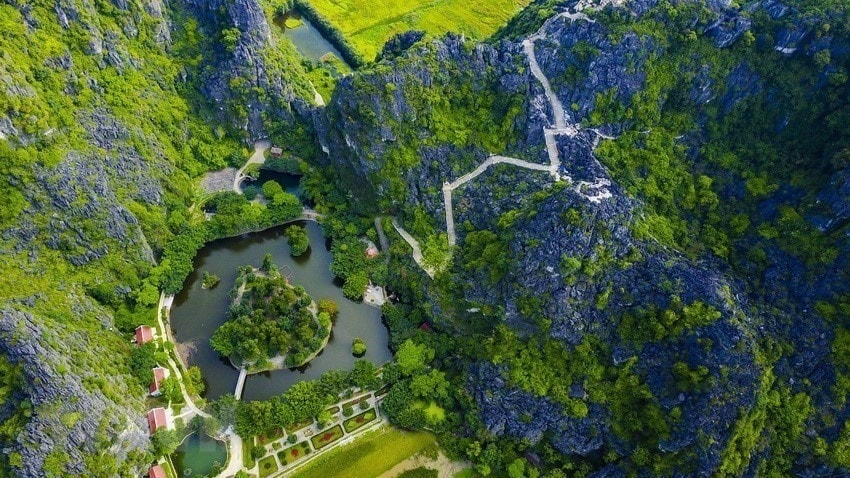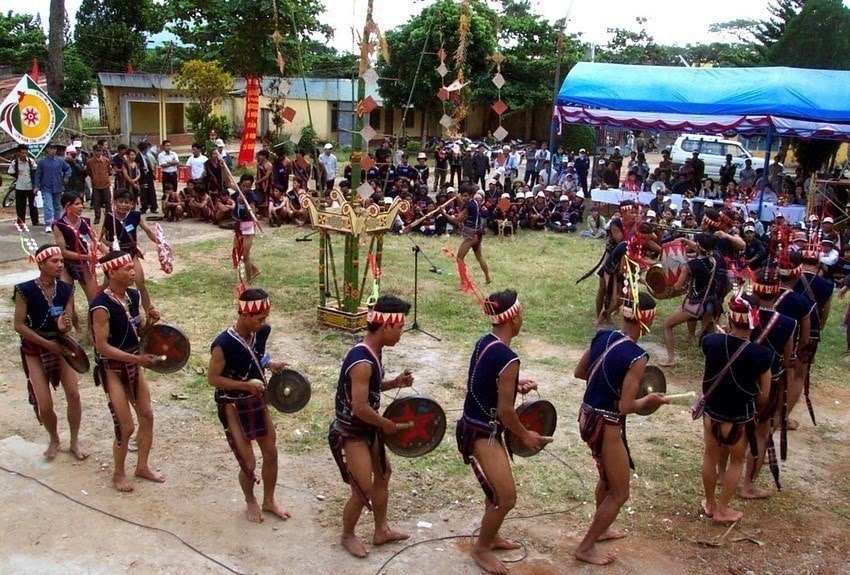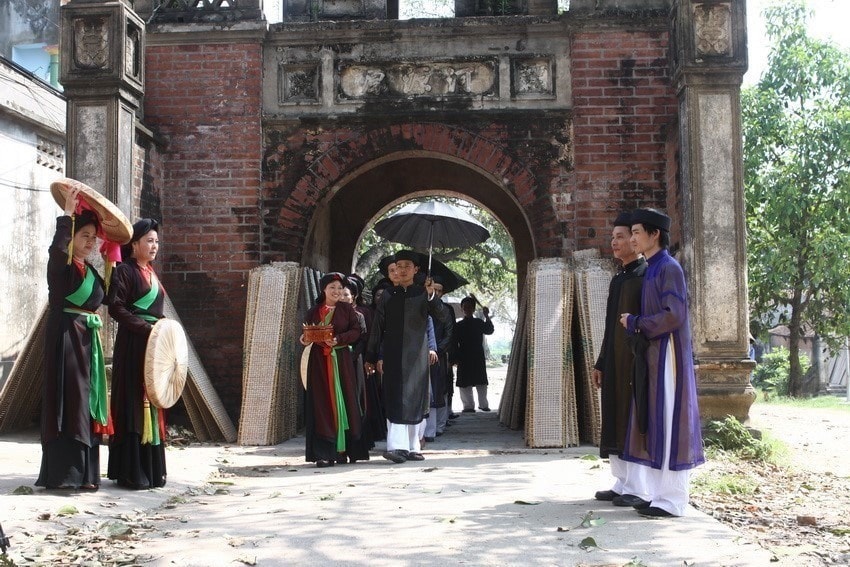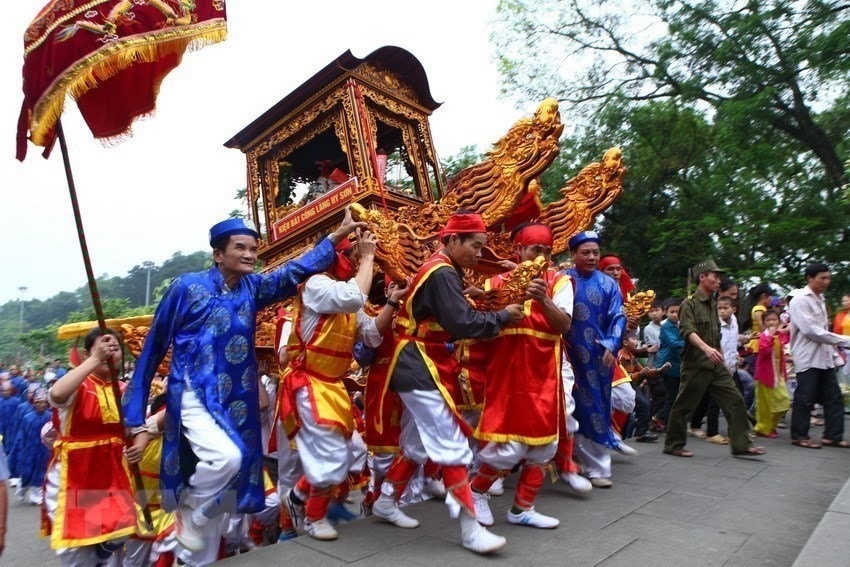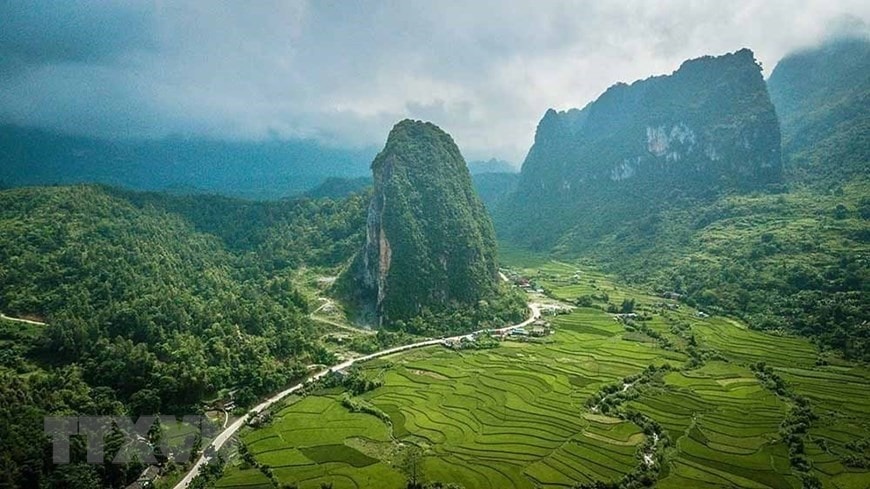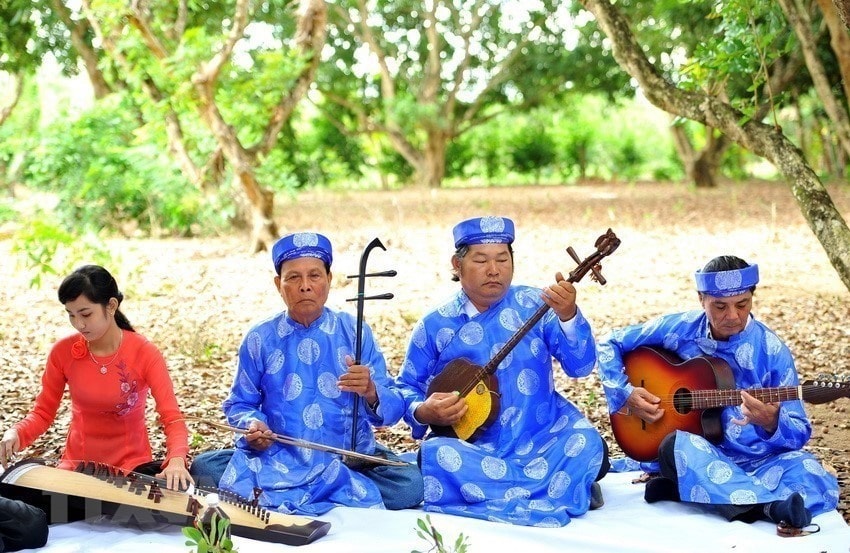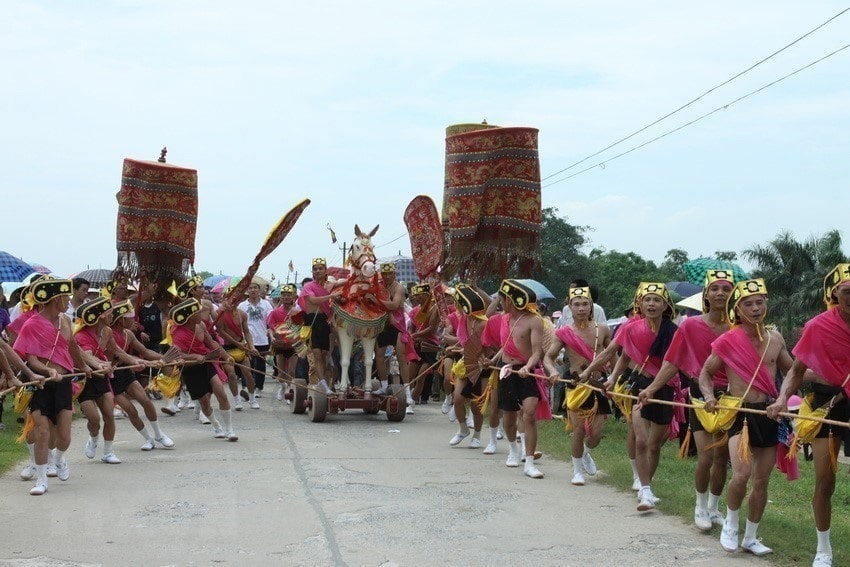- Quảng Nam20°C / 20 - 21°C

Đang hiển thị
- Quảng Nam20°C

Tỉnh thành khác
- An Giang31°C

- Bà Rịa Vũng Tàu28°C

- Bắc Giang18°C

- Bắc Kạn14°C

- Bạc Liêu30°C

- Bắc Ninh18°C

- Bến Tre35°C

- Bình Định23°C

- Bình Dương30°C

- Bình Phước32°C

- Bình Thuận30°C

- Cà Mau32°C

- Cần Thơ33°C

- Cao Bẳng12°C

- Đà Nẵng23°C

- Đắk Lắk28°C

- Đắk Nông27°C

- Điện Biên24°C

- Đồng Nai30°C

- Đồng Tháp32°C

- Gia Lai27°C

- Hà Giang18°C

- Hà Nam18°C

- Hà Nội18°C

- Hà Tĩnh19°C

- Hải Dương18°C

- Hải Phòng18°C

- Hậu Giang32°C

- Hồ Chí Minh30°C

- Hòa Bình18°C

- Hưng Yên18°C

- Khánh Hòa26°C

- Kiên Giang29°C

- Kon Tum20°C

- Lai Châu12°C

- Lâm Đồng25°C

- Lạng Sơn13°C

- Lào Cai14°C

- Long An30°C

- Nam Định19°C

- Nghệ An19°C

- Ninh Bình18°C

- Ninh Thuận26°C

- Phú Thọ18°C

- Phú Yên26°C

- Quảng Bình19°C

- Quảng Nam20°C

- Quảng Ngãi23°C

- Quảng Ninh18°C

- Quảng Trị19°C

- Sóc Trăng32°C

- Sơn La18°C

- Tây Ninh35°C

- Thái Bình18°C

- Thái Nguyên16°C

- Thanh Hóa19°C

- Thừa Thiên Huế20°C

- Tiền Giang33°C

- Trà Vinh32°C

- Tuyên Quang16°C

- Vĩnh Long33°C

- Vĩnh Phúc18°C

- Yên Bái18°C

Tue, 18/03/2025

